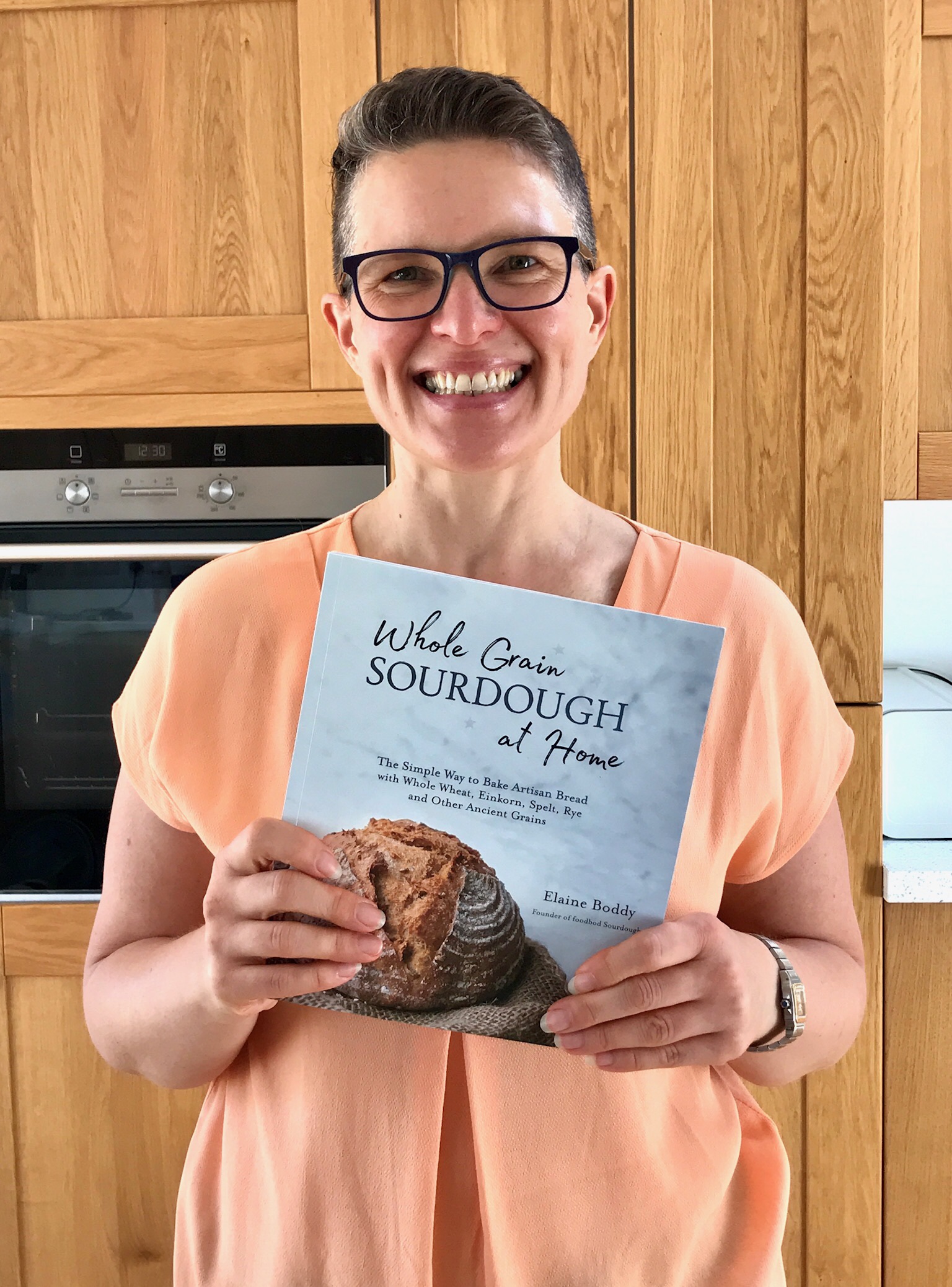
Today my book is published! It will now start to arrive in homes over the next few days and weeks around the world…thank you to everyone who has ordered, I hope you enjoy baking from it!

Today my book is published! It will now start to arrive in homes over the next few days and weeks around the world…thank you to everyone who has ordered, I hope you enjoy baking from it!